3 In 1 Water Business System Capstone Project Document
Introduction
In this era, people are highly exposed to technology and are skilled in using it. Technology are essential for running a business today. It is used in business to study and solve daily problems. Nowadays, employee’s intemperately spends time in recording customer’s information manually. Thus, sometimes leads to misconception of details, especially in Water Refilling Station and Laundry House that led often to erroneous recording. Which causes the delay in processing orders, generating inventory of items and sale reports. In Car wash services that needs to be recorded to their daily point- of – sales. Which leads to the proponents to have an automated system called the “3 in 1 Water Business System”. That helps a lot to easily tracks the inventory of items, daily sales and total of customers they served daily. In which this also will help to organize the categories under each services. For employee’s are proficient in using the automated system. That minimizes the time consumes in solving daily transactions. By means of this, it reduces the risk of erroneous handling of data, avoid the redundancy of the stored data. Thus, the proponents intends to develop this system that aims to promote and improved in providing services to the customers.
Background of the study
Karzie’s: Laundry House, Water Refilling and Car Wash is located in Brgy. Vista Alegre, Bacolod City. A point of sale and inventory system allows a business owner to have more than one business location and adequately keep track of inventory at each without being present. Point of Sale systems take care of those problems that result when management isn’t present. It handles sales monitoring and reporting that generate a report on sales result. It provides report daily, weekly, monthly and yearly takings and outgoings so that the merchants can easily understand the overall success of their business. The system provides inventory and stocks that view of lot-wise inventory, transaction about ‘in’, and ‘out’ movements , and inbound and outbound inventory.
Statement of the Objective
This study aims to develop an automated system for Karzie’s Laundry House, Water Refilling and Car wash.
Specifically, this project aims to:
- Develop Sales and Inventory system for Karzie’s Laundry House, Water Refilling and Car wash that able to do the following:
- Manage customers transaction in laundry house, water refilling and carwash services.
- Generate invoices and sales report automatically upon a request.
- Provide security level access to the unauthorized
- Evaluate the acceptability of the system using the adopted survey instrument based on the ISO/IEC 9126 in terms of Effectiveness, Efficiency, Quality, Timeliness, and Productivity.
Conceptual Framework
This study is intended to convert the manual process of sales and inventory of Karzie’s Laundry House, Water Refilling and Car wash into an automated version. The 3 in 1 Water Business System is hosted locally and for the specific user- the authorized staff that can access this system. The owner has the authority to view, add, edit and update customers information and transaction to the system.
Figure 1.0: Conceptual Framework of the System
Scope and Delimitation of the Study
This describes the scope covered by the system including its limitation.
Scope
This study covers 3 in 1 Water Business System of Karzie’s Laundry House, Water Refilling and Car Wash in Vista Alegre, Bacolod City. It is a web-based system that focuses on the point of sale and inventory of the business. The system will record all the customer transactions in Laundry, Water Refilling and Car Wash Services, this enables the owner/cashier to determine customer type in different services, its prices and available services. It will display the sales report of the business daily, monthly or yearly and displays top ten (10) customers of the business. Through this system, it will help the business speeds up the transaction orders in each services, calculate the inventory of gallons for water refilling; detergents for laundry and materials in car wash . Through this system, it will generates cash invoice, receives cash from customers and calculate the change.
Delimitation
This study is limited to the office of the Karzie’s Laundry House, Water Refilling and Car wash and the two end users: the owner/admin who are only authorized to maintain and update the records in the system and the cashier/employee who will use the system for getting the transaction of the customers in Laundry, Water Refill and Car Wash. Only registered cahier/ employee of Karzie’s Laundry House, Water Refill and Car Wash of Vista Alegre, Bacolod City can use the system. It can generate sales report, will not cater customers online as well as in utilizing credit/debit card based transaction. It does not accommodate reservations to the customers. Information of employees are not covered in the system and is not capable of accepting bar code based.
Significance of the Study
This study intentionally planned to deploy a monitoring system of Karzie’s Laundry House, Refilling Station and Car Wash. The result of this study are advantageous to the following:
Customers. This study if significant to the customers because it can save time effort, provide comfort and convenience for the customers.
Cashier. This study is significant to the cashier because the system may help them lessen their workloads and also will be more accurate in their sales report and can save more time.
Employee. This study is significant to the employee because the system may help them lessen their workloads. The employees will be more accurate in their reports and can save more time.
Future Researchers. The study is significant to the future researchers in a way that the documentation will help them in their future researches and system presentation .
Owner. This study is significant to the owner in order to improve his/her technical ability in means of managing of sales and inventory. This can help the owner in management of the business. This will help the owner monitor the stock in and stock out of the products and will make the work faster with an accurate inventory status and reports. It will benefit the owner because it will keep and secure all the records.
Proponents. This study is significant to the proponents because it can help to expand and improve their knowledge about sales and inventory. It helped the proponents to enhance the ability to assign each role for the documentation. Every proponent has a role in the study of the entire system and contributes ideas that will enhance on making system functionalities. The proponent applied all the learning experiences that they encountered on preparing the system and the study.
Definition of Terms
Inventory System. Conceptually, it is the process that involves the monitoring and recording stocks of a company. This is a strenuous activity to be considered as it categorizes brands, sizes, products accordingly. (Dayday,2013)
In this study, it is where the admin can register and stock-in/out of materials in every services.
POS (Point of Sale). Conceptually, this method is commonly used by business like groceries to record the amount and will generate receipt. (Wilkinson, 2013)
In this study, the term POS (Point of Sale) is a system that can accept customers transaction in every laundry, water refill and car wash services, calculate the amount of customer orders and change.
System. Conceptually, it is a set of rules, an arrangement of things, or a group of related things that work toward a common goal. (Harcourt,2014)
Operationally, it can create table for the customer, add customer’s information and most importantly can tabulate the sales and inventory of gallons and bottles for water refilling; detergents and fabric conditioner for laundry house of the desired business.
Review Of Related Literature
This chapter presents the related studies and systems to the development of the system.
Local Studies
Water Delivery System
The Water Delivery System was used in Aquatic Dragon Water Refill Sation business was located in Chavez St. Central Bicutan, Taguig City that serves water in the customer. It is a delivery and walk-in service depends on the customer. A Water Delivery System was easily facilitates the basic process of the business like counting the daily sales and the number of delivered containers/gallons. A Water delivery system ensure the company workers to easily compute and documenting the everyday transactions and to compute their daily sales. We use this study because it is close to the proponents proposed system. The system above uses similar way of tabulating inventory and sales. The difference is Karzie’s Laundry House, Water Refilling and Car Wash has proposed system that transforms their current manual system into an automated one. (Forebs, 2017)
Wash Me Wipe Car Wash
The Wash Me Wipe Car wash offeres a hand wash type of car wash for better cleaning exterior and interior services. Doing hand wash services is more assuring for cleaning cars and is more efficient than automated process. Services will depend on what car owners want. The Wash Me Wipe Car Wash is the company that uses manual way of recording customer transaction, recording accounts receivable and tabulating the sales and inventory of their materials. . It is located in Katipunan Ave., Barangay Nagkaisang NayonQuezon City. In this connection, the related system uses similar way of distributing the sales and inventory. The difference is the proposed system is developed into an automated version while the existing study is still using the manual way of tabulating their inventory and sales. (Winter, 2016)
Laundry Management System
The laundry Management System (LMS) is specifically develop for Laundrette which is located at JIn Permama, Kuala Krai, Kelantan. This application is develop to manage the laundry service and provide an automated backup and recovery for security management of information in the laundry. It is a client-server system which can only be access within three (3) main users; there are database administrator, manager, and staff. Only authorized user can login into the system and view the LMS application. The database administrator will maintain the backup and recovery and user privilege to view the system. Besides that, clerk’s responsibility is to manage the customers and laundry service record, also the payment record. Furthermore, the laundress is to view customers’ record and their services. Then, the manager of this laundry can view and update all the record in laundry. On the other hand, this LMS application is focused more on database management of laundry service besides maintaining the backup and recovery for the records in the database. In this connection, the related system uses automated backup and recovery for security management of information in the laundry. The difference is the proposed system developed an automated Point of Sale and Inventory of the Laundry business while the existing study is still using the manual way of tabulating their inventory and sales. ( Jaafar, 2015)
Foreign Related Studies
Laundry Management System
The laundry management system (LMS) used in a laundry establishment it is located in Lagos, Nigeria.. Laundry firms are usually faced with difficulties in keeping detailed records of customers clothing. This application is to determine the clothes collected, in relation to their owners, as this also helps the users fix a date for the collection of their clothes. Also customer’s information is secured, as a specific id is allocated per registration to avoid contrasting information. It
standardizing data, consolidating data ensuring data integrity and reducing inconsistencies, through the use of highly computerized process that is stress free, reliable and quick. In this connection, the difference is the proposed system is developed into an automated version while the existing study is still using the manual way of tabulating their inventory and sales. ( Emmanuel,2016)
Car Washing System
The Car washing can be done at spaces where cars can be parked for a long time and washing car can be done easily , the operator can monitor and control the whole process by getting the customer transaction. There are three process involved in our car washing system namely washing, cleaning and drying. Cycles of washing includes washing with water, and then with detergent, Hence the exterior of the car will be washed. The Car Washing System was located in Surat, Gujarat, India. The company uses manual way of tabulating the sales and inventory. The proposed system is developed into an automated version while the existing study is still using the manual way of tabulating their inventory and sales. (Lalluwadia,2017)
Water Distribution System By Thompson Rivers University
The Water distribution is the physical works that deliver water from the water source to the intented end or user. It is designed and quality to meet the requirements of the costumer. Typically,this is achieved by the way of pumps and motors, water mains, service pipes, storage tanks or reservoirs, and related equipment, in closed systems under pressure. Modern small water systems are designed to produce and/or deliver clean safe potable water. A “Small System” is defined as any water system being used for consumption or food preparation, serving up to 500 persons during any 24-hour period. With this very broad definition, the complexity of a small water system will range from a simple well and pump configuration to a multi-barrier system that could consist a coagulation, filtration and disinfection. The course will focus on the required principles of small water systems from an operationoal and maintenance perspective. Strong emphasis on safety and regulatory requirements as well as an introduction to the applied sciences and trades will ensure an operator can function effectively and confidently. The Environmetnal Operators Certification Program (EOCP) for the education requirements when applying to write the Small Water System Certification Exam approves this course as appropriate training.
The purpose that we use this existing system because it is similar to the process of our proposed study above. The existing system is similar to the proposed system above, in the grounds of that both companies are distributing water. (Thompson Rivers University,2018).
Related Systems
Table 1 Related Systems
Table 1 shows the features of the proposed system in the first column whereas the following columns are the features of the related system.
Synthesis
Related studies that bought foreign and local studies focus on eliminating the problem in terms of sales and inventory status, making it easy to control the sales and inventory. And keep track the progress of the business. It also shows which features are available in the system and features that are not available to others. Researching on the related systems stated above, the proponents noticed that some of the related system do not records top 10 customers features. Not all related system do not records customer profiles. Some of it uses manual way of tabulating sales and inventory. Therefore, the proponents took the features where missing in the related system and include it to the proposed system so that it would gain dominance, making it more likely to be profitable and beneficial. The related systems have made the proponents realized some functions and factors that would help the proposed system to be more advanced, accurate and effective for the users. Furthermore, the proponents acquire some features in the related studies and merged it to the system to be more beneficial to the business of Karzie’s Laundry House, Water Refill and Car wash.
Methodology
This chapter introduces the research strategy and techniques applied in this research. the proponents followed the standard software development life cycle (SDLC), to describe and present solutions for the problems identified in this study, using the iterative model.
The proponents choose iterative model in the grounds of it because the feature code is designed, developed and tested in repeated cycles. With each iteration, additional features can be designed, developed and tested until there is a fully functional software application ready to be deployed. It allow more flexibility for changes.
Figure 2. Iterative Model
An iterative process is a process for calculating a desired result by means of a repeated cycle of operations.
Initiation Phase
In this phase, the proponents planned for creating titles for a proposed system. After creating titles, the proponents undergone proposal topic hearing.
Planning Phase
In this phase, the proponents coordinated with the owner of Karzie’s Laundry House, Water Refilling and Car Wash in order to identify the problem and create solutions and translate it to system functionality requirements. The proponents are involved on creating a set of plans that guides the development of the system.
Requirements Phase
The requirements for the software are gathered and analysed. In this phase, the proponents gathered data from the “Karzie’s Laundry House, Water Refilling” that will be utilized to determine what particular problems that the owner encounters in terms of tabulating sales and inventory. It was found out that there are a lot of human errors occurring when tabulating the sales manually. In this connection, the proponents have come up to the idea of what is the solution to the problems being encounter by the owner.
A software solution to meet the requirements is designed. The proponents developed a designed system that will provide the Karzie’s Laundry House, Water Refilling and Carwash into automated Point of Sale and Inventory System. After this following idea, the proponents start to develop the system in order to meet the need.
With the planning and analysis out of the way, the actual implementation and coding process begin. All planning, specification, and design docs up to this point are coded and implemented into this initial iteration of the project. The proponents used the software design for developing the codes to create the system, following the design and functions identified in the system specifications.
Verification Phase
In this phase, the proponents verify the project of the client. They discussed the procedures and steps of the system and gained feed backs from the client. Security checks and assessments are typically consigned in this phase.
Evaluation Phase
The software is evaluated, to determine whether they run as intended and meet the user and customer needs. The current requirements are reviewed, the changes and additions to requirements proposed in this phase.
Deployment Phase
The system was concluded to function well. In this phase, the system was again presented and trainings were made for the employees, cashier and owner of the business. It will be all up to the owner if he/she would want to use the system for their company.
User’s Acceptance Survey
The value users acceptance survey is standardized instrument that intends to help evaluation satisfaction of the system administrator and others elected voters evaluators.
Operational Feasibility
The goals of the researchers were to develop the following functionalities this system provide an organized transactions that allows the owner and the staffs to be more convenient, efficient and business process output. With these, the said system will surely be beneficial to the business.
Front End
Bootstrap is a flexible and powerful front-end framework that provides a free collection of tools for creating websites and web applications. With HTML, CSS, and JavaScript components Bootstrap makes front-end web development faster and easier for responsive, mobile first projects.
Programming languages used: Cascading Style Sheets; JavaScript; HTML
Back End
PHP
Hypertext Preprocessor (PHP) is a programming language that allows web developers to create dynamic content that interacts with databases. PHP is basically used for developing web based software applications.
Technical Feasibility
Hardware Specification
Table 2. System’s Development Hardware Requirements
Name Specification
Processor Core i3
RAM 4GB
Hard Disk 500GB
Software Specification
Table 2.1 System’s Development Software Requirements
Name Minimum Recommended
Windows (Operating System) Windows Windows 10
Web Browser Google Chrome Google Chrome
Database MySQL MySQL 8.0
Architechural Diagram
Architectural Diagram of 3 in 1 Water Business System. It displays the structural design of the system wherein the owner has all the access in the system like add, edit, update and generate reports, however the employees are in charge in monitoring the daily sales and input all the data about the customer and also the distribution of the product and services.
Figure 3. Architectural Diagram of 3 in 1 Water Business System
Feasibility Schedule
This feasibility schedule contains the record of the amount of time the proponents spent on the system.
Gantt chart
The proponents have done the following tasks as shown in the following Gantt chart wit the time allotted for the establishment of the entire system.
Work Breakdown
Figure 4. Initiation Phase
Figure 5. Planning Phase
Figure 6. Requirements Phase
Figure 7. Design Phase
Figure 8. Implementation Phase
Figure 9. Verification Phase
Figure 10. Evaluation
Figure 11. Deployment Phase
Table 3. Operational Cost
| Operational Cost | No. of Months | Cost | Total Amount | ||
| Programmer | 12 | ₱ 2,500.00 | ₱ 12,500.00 | ||
| Electricity | 12 | ₱ 5,800.00 | ₱ 5,800.00 | ||
| Maintenance | 12 | ₱ 1,200.00 | ₱ 14, 400.00 | ||
| Subtotal | ₱ 20,650.00 |
The table shows the total amount of operational cost of the researched system. The operational cost may include the maintenance, electricity and expenditures. It reflects the cost detail duration and cost per month and total cost in using the system. The electricity consumption cost of equipment’s used was based on the current electricity price of CENECO provided receipt was on the last page .
Table 3.1 Total Development Cost
| Development Cost | No. of Months | Cost | Total Amount | ||
| Programmers | 5 | ₱ 2,500.00 | ₱ 12,500.00 | ||
| Thermal Printer | ₱ 3,388.00 | ₱ 3,388.00 | |||
| Laptop | ₱ 10,000.00 | ₱ 10,00.00 | |||
| Subtotal | ₱ 25,888.00 | ||||
Table 3.1 above shows the total amount of development and operational cost of the research system.
Table 3.2 Benefit of the system
| Benefit | No. of Months | Cost | Total Amount | |||
| Data Backup | 12 | ₱ 6,000.00 | ₱ 6,000.00 | |||
| Security of Data | 12 | ₱ 1,500.00 | ₱ 18,000.00 | |||
| Accesibility | 12 | ₱ 1,000.00 | ₱ 6,000.00 | |||
| Efficiency of Work Output | 12 | ₱ 2,000.00 | ₱ 12,000.00 | |||
| TOTAL BENEFIT | ₱ 42,000.00 | |||||
Table 3.2 This table shows the total amount of development and operational cost of the researched system.
Cost Benefit Analysis
Figure 12. Cost Benefit Analysis
Use Case Diagram
Figure 6 shows the activity of the owner and the authorized personnel in the system. The owner can access all the transaction that the systems provide.
Figure 13. Use Case Diagram of 3 in 1 Water Business System
Figure 14. Context Flow Diagram of 3 In 1 Water Business System
ERD Model
Entity Relationship Diagram explains every relationship between tables entity and attributes. Each table has definition that connects every table, both its primary keys and foreign key. Use foreign key if the attributes of the one table have unique ID and foreign key will be identified when the other attributes are in the other table. Each attribute conncects, in performing every process.
Figure 15. Entity Relationship Diagram
Data Flow Diagram
The flow of the system begins when the owner process daily sales and product, customer, inventory, and expenses. Next to process is to confirm all the data inside the database. After that all the data will be converted into information and then the data can be accessed by the owner.
Figure 16. Data Flow Diagram of 3 in 1 Water Business System
Data Dictionary
Table 4 Customer info
Table 4.1 Payment Table
Table 4.2 Refill Type Table
Table 4.3 Laundry Type Table
Table 4.4 User Table
Table 4.5 Car Type Table
Table 4.6 Car Sales Table
Table 4.7 Laundry Sales Table
Table 4.8 Refill Sales Table
Presentation, Analysis, And Presentation Of Data
This chapter presents the data gathered, the results of the statistical analysis done and interpretation of findings. These are presented in tables followings the sequence of the specific research problem regarding the Effectiveness of 3 in 1 Water Business System of Karzie’s in Vista Alegre.
Presentation
The proponents demonstrate the system’s functionality to the owner and cahiers of the business. The proponents observed the respondents on how they respond to the system. The repondents were evaluated using the User Acceptance Survey in order for the respondents to distinguish the level of acceptability of the proposed system.
Data Analysis
The Data gathered through the questionnaire was subjected to frequency count. The data gathered from the respondents of Any business related to our system. The presentation of research results was done according to the findings from the Owner and Employees.
Characteristics of the Respondents
Table 5 . Frequency of Respondents
The population composed of the Karzie’s owner and cahsier’s of different Laundry, Water Refill and Carwash business. The proponents got 4 respondents. Table 5 shows the number of respondents who have answered the User-Acceptability Survey. The researchers got a total number of 4 respondents.
Interpretation of Data
Range of Mean Verbal Interpretation
4.21-5.00 Very Satisfied
3.41-4.20 Satisfied
2.61-3.40 Dissatisfied
1.81-2.60 Very Dissatisfied
1.00-1.80 Poor
The adopted survey instrument based on ISO/IEC 9126 was utilized to determine the acceptability of the system to its stakeholders in terms of five (5) categories namely: Effectiveness, Efficiency, Quality, Timeliness, and productivity with their corresponding sub-categories.
Effectiveness
Table 5.1 Survey Result – Effectiveness
System Quality Performance Total Mean Verbal Interpretation
Effectiveness 4.62 Very Satisfied
Table 5.1 shows that the user’s survey result for the effectiveness of the system came back with a total mean of 4.62 which is interpreted as “Very Satisfied” which means that the end-users were satisfied with the system’s effectiveness after testing it.
The respondents stated that the proposed system (3IN1WBS) meets the desired result and it produced the desired output. They also stated that the system is effective, it means it has an intended or expected outcome this made possible by converting manual operations of transaction into an automated version.
Efficiency
Table 5.2 Survey Result – Efficiency
System Quality Performance Total Mean Verbal Interpretation
Efficiency 4.42 Very Satisfied
Table 5.2 shows that the users survey result for the system’s efficiency came back with a total mean 4.42 which interpret that the users were “Very Satisfied” with the efficiency of the system after testing it.
The respondents stated that the proposed system (3IN1WBS) has an ability to avoid wasting the resources, efforts, energy and time in terms of tabulating and recording sales report. In more general sense, the system (3IN1WBS), has the ability to make the work more efficient and effective without waste. Through this, the flow of the process in terms with the orders with the aid of computer technology becomes more efficient.
Quality
Table 5.3 Survey Result – Quality
System Quality Performance Total Mean Verbal Interpretation
Quality 4.05 Satisfied
Table 5.3 shows that the user’s survey result for the system’s quality came back with a total mean of 4.5 which interpret that the users were “Satisfied” with the system’s quality after testing it.
The respondents stated that the proposed system (3IN1WBS) has met the standard of the users in terms of it’s feature’s quality. The system’s quality also showcased its excellence in monitoring inventory.
Timeliness
Table 5.4 Survey Result – Timeliness
System Quality Performance Total Mean Verbal Interpretation
Timeliness 4.31 Very Satisfied
Table 5.4 shows that the user’s survey result for the system’s quality came back with a total mean of 4.31 which interpret that the users were “Very Satisfied” with the system’s quality after testing it.
The respondents stated that the proposed system (3IN1WBS) has the quality in generating and recording statistical reports in terms of Customer transactions, Sales Report and record sales in a timely manner.
Productivity
Table 5.5 Survey Result – Productivity
System Quality Performance Total Mean Verbal Interpretation
Productivity 4.56 Very Satisfied
Table 5.5 shows that the user’s survey result for the system’s quality came back with the a total mean of 4.56 which interpret that the users were “Very Satisfied” with the system’s quality after testing it.
The respondents stated that the proposed system (3IN1WBS) has the ability to produce a desired tabulation of sales and inventory. They measured the ratio output to inputs used in production process.
Over All
Table 5.6 Survey Result – Over All
System Quality Performance Total Mean Verbal Interpretation
Overall 4.48 Very Satisfied
Based on the overall result, the proposed system was able to meet its general objectives in developing an automated system for Karzie’s Laundry House, Water Refilling and Car wash through Effectiveness, Efficiency, Quality, Timeliness, and Productivity with a mean which was interpreted as “Very Satisfied”.
Summary Of Findings, Conclusion And Recommendation
This chapter presents the summary of findings, so conclusions drawn form the findings and the corresponding recommendations.
Summary of Findings
The findings were basicslly suggested that on the level of the user’s experience in terms of Effectiveness of the system a mean score of 4.62 was obtained, interpreted, as “Very Satisfied”. As to the experience of the user in the efficiency category, it was obtained as a mean of 4.42 ; it is interpreted as “Very Satisfied” . On its system quality category, the user ranked a mean of 4.05 and basically it is interpreted as “Satisfied”. On timeliness category, the users gave a mean of 4.31 and it is interpreted as “Very Satisfied”. On productivity category the user ranked the mean of 4.56 and it is interpreted as “Very Satisfied” . In Overall, the system rating has collected a mean of 4.48 and it is interpreted as “Very Satisfied”.
Moreover, the proponens found out that the proposed study is efficient and effective in terms of tabulating the accurate sales and monitor inventory.
Conclusion
The proponents conclude that the system is fully operational as of the sum data gathered which was reflected with an overall result of “Very High”. Therefore the researchers concluded that specific functions of the proposed system is more useful and effective it can lessen human error to the extension that this proposed system has the capability to accurately monitor sales and inventory. This condition is on the premise that it has addressed the necessary automation requirement of the firm after the thorough system study. The proposed study is very useful to the desired company in the grounds of it will make their work efficient and effective in terms of tabulating the sales. The system simply transforms the current manual system to an automated one which lessens error in using the manual way of tabulating the sales.
Recommendations
Based on the findings and conclusions of the study, the proponents provide the following recommendations:
- The proposed system should have a maintenance every six months.
- The admin should conduct other research to enhance some features in the system.
- The system should more feasible and recommended to have database back up just in case all the data will be lost it will be retrieved easily.
- The admin should conduct proper training for the user on how to use the system in order to make it efficient and effective.
Credits
Galan, Jimrose Thea, P
Semeniano, Daisy Mae, A
Libertad, Jude

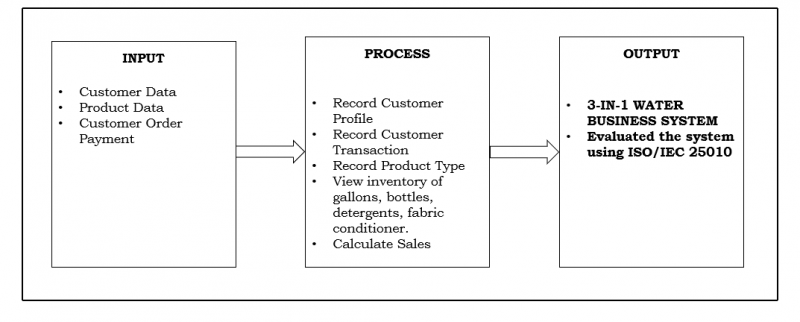
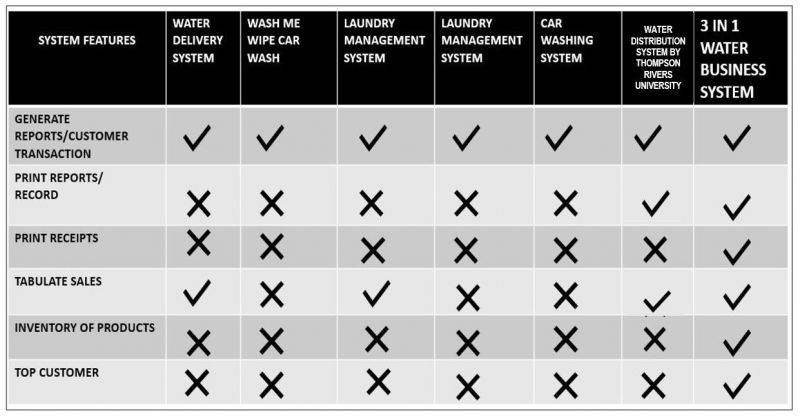
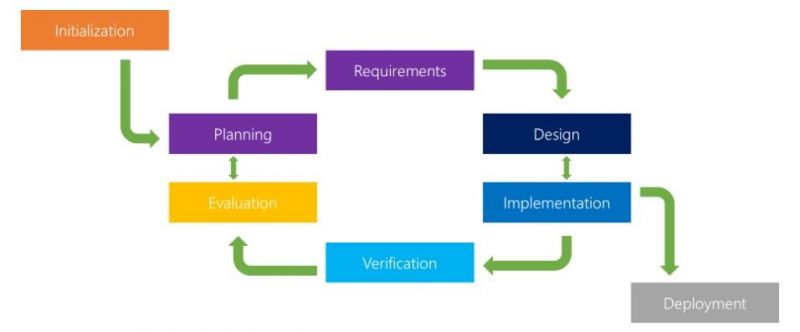
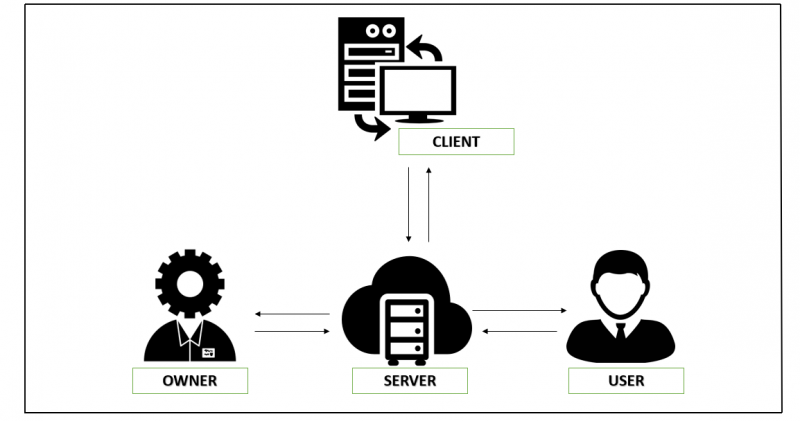










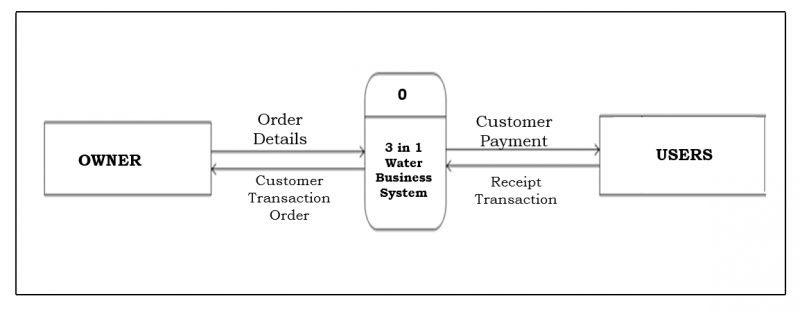
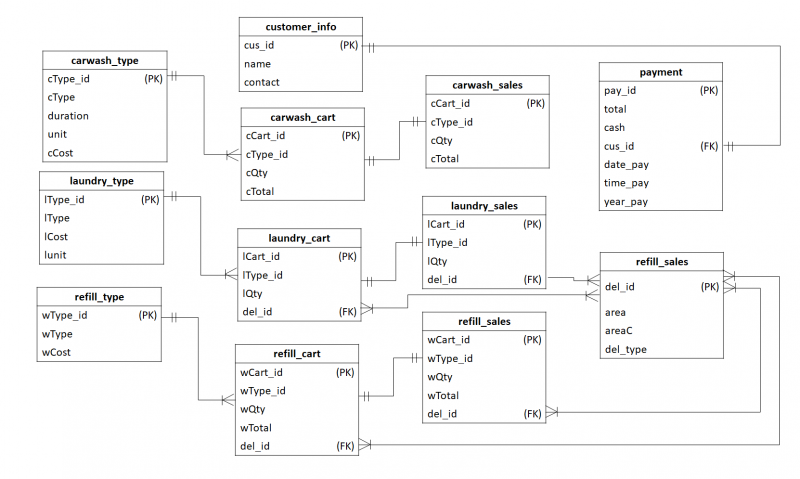
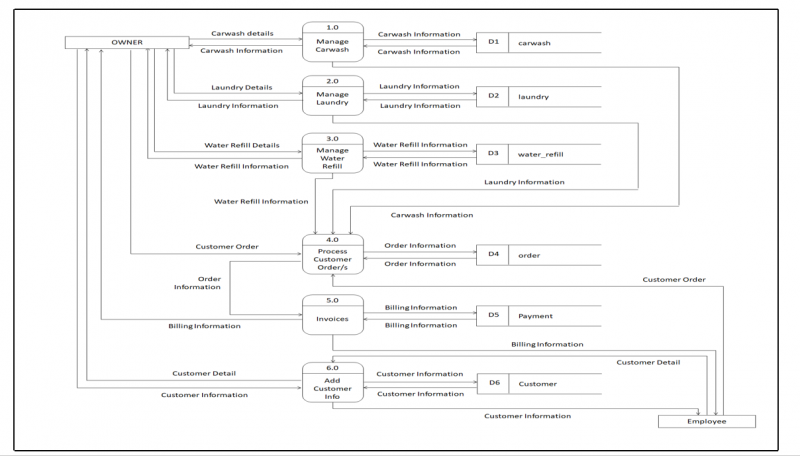




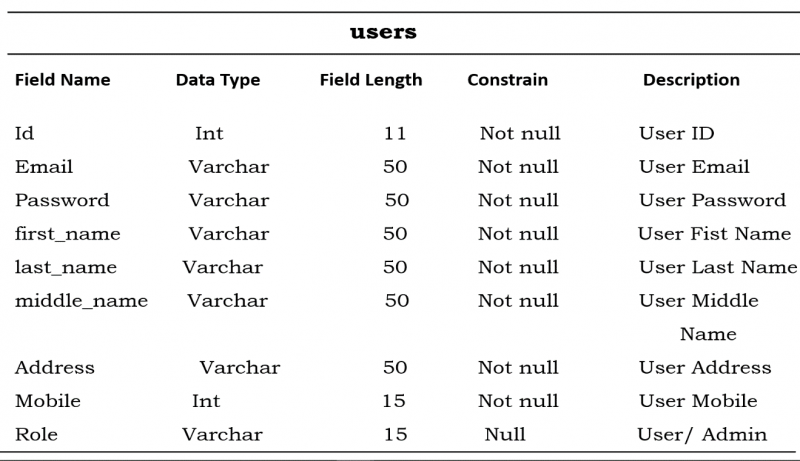
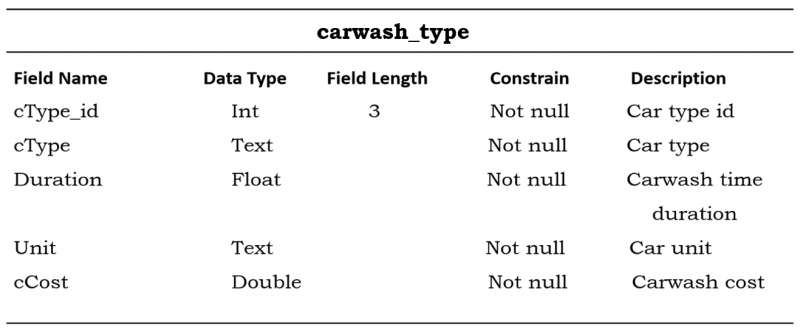
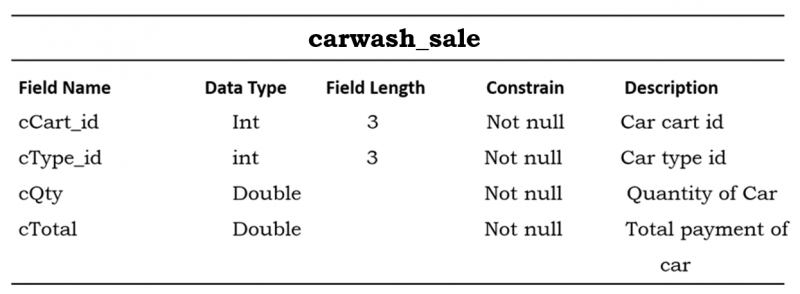
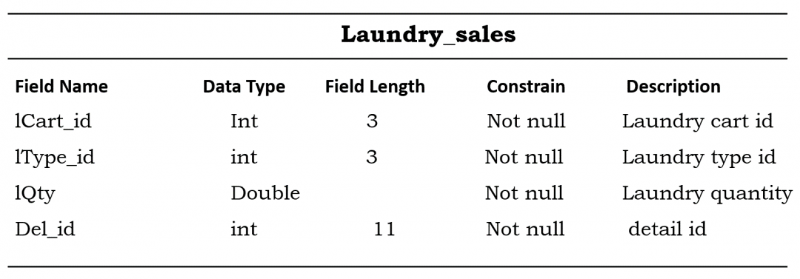

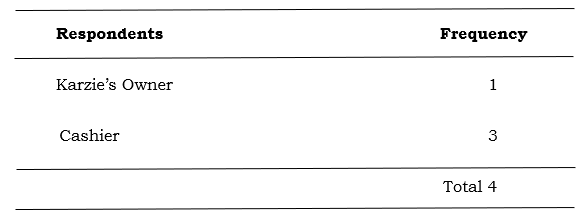



Leave A Comment
You must be logged in to post a comment.